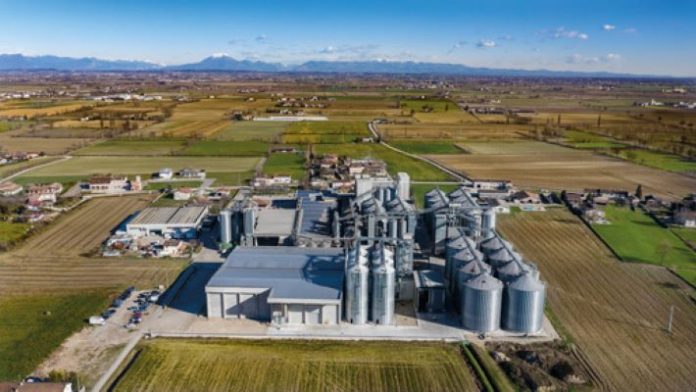The demand for effective grain handling, storage and processing solutions has never been among the top priorities for farmers, traders, organisations and countries as it is currently. This is due to political instability and trade restrictions causing global supply chain disruptions and shortages.
With grain prices increasing because of the lack of supply from Ukraine and Russia since Russia’s invasion in February 2022, both government and non-government organizations are indeed looking for new facilities for longer-term grain storage periods for food safety and security purposes.
As a result, food security has become top of mind for grain handling, storage and processing equipment manufacturers and suppliers across the world.
Global industry leaders such as CESCO EPC which designs and supplies industrial plants for grain logistics and deep processing with handling, storing, and milling systems last year raised concerns over increased demand for such facilities.
“Over the past two years, demand shocks and grain price volatility have pressured state investors to build new grain storage and milling facilities. These strategic investments aim to reduce short-term import dependency, ensure medium-to-long-term food security, and stabilize market prices,” CESCO EPC told World Grain.
In fact, countries that rely on imports are striving for self-sufficiency by either setting up internal grain terminals to support local production or establishing new port terminals for strategic storage of imported grain.
Trends in grain storage
Due to climate change and food safety concerns, grain storage has witnessed drastic shift from the traditional aerial storage techniques to the modern facilities such as warehouses, hermetic bags and bulk grain silo storage.
They (the structures) aim to protect grains from moisture, pests and temperature fluctuations for longer storage periods.
Bulk grain silo storage are of various types that include hopper bottom silos and flat bottom silos which are of various capacities. There is also galvanized iron corrugated (gic) silos which are quiet porpular in India among industries.
Grain bunker is another which is touted as the most cost-effective scientific solution to store grain for a short to medium duration. It capacity ranges from somewhere 500mt to as big as 30,000mt
A survey conducted by World Grain July last year among equipment manufacturers and suppliers indicates that the trend for larger storage bins continues and is driving demand for conveying capacities of more than 1,000 tph (tons per hour).
It was also found that automation remains a top interest as well as cleanliness of facilities, particularly dust mitigation.
Grain-Handling Equipment
In modern grain storage and processing facilities, mechanical conveyors play a crucial role in moving grain, flour, feed, and other products.
A wide variety of grain-handling equipment is available for producers, including sieves, sample bags, belt-and-bucket elevators, sack elevators, drag chain conveyors, belt conveyors, augers (screw conveyors), and grain receivable choppers, among others.
Most of this equipment is efficient, multipurpose, flexible, and high-capacity, though they can be noisy during operation and costly, making them less accessible for smallholder farmers.
These machines are designed to minimize grain damage, an essential feature since pulses are more susceptible to impact damage than cereals.
For instance, pulses should not be moved using pneumatic grain conveyors, as the impact speed can exceed the critical threshold of 12 m/s.
Additionally, augers smaller than 125 mm in diameter should be avoided for handling pulses to prevent damage.
Grain producers and processors understand the importance of maintaining grain quality, as it directly affects their profits. Therefore, investing in custom grain-handling equipment is vital for protecting grain stock and maximizing operational efficiency.
Grain processing
Cereals undergo a number of processing stages between harvest and consumption. This chain of processes is often referred to as the total post-harvest system.
The post-harvest system in most counties can be split into three distinct areas: preparation of harvested grain for storage, primary processing (involves further treatment of the grain to clean it, remove the husk or reduce the size) and secondary processing that transforms the grains into edible products.
During primary processing, several different processes have been involved by a number of grain processors such as cleaning, grading, hulling, milling, pounding, grinding, tempering, parboiling, soaking, drying, and sieving.
In milling, for instance, while hammer mills are almost universally used throughout the developing world, in West Africa, plate mills are widely available.
Generally, it is recommended that grains should have moisture content of less than 15% before processing, but rice can be up to 22%.









